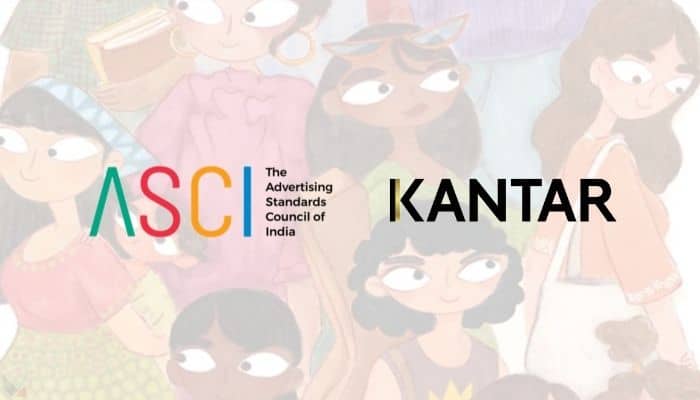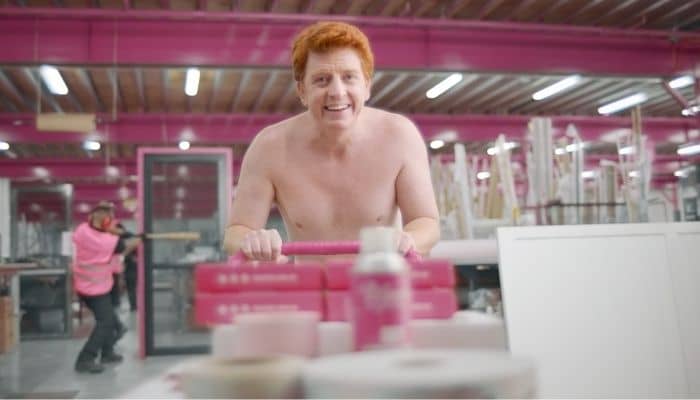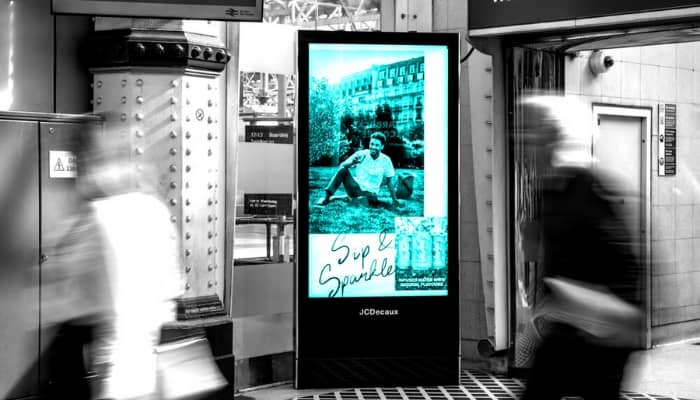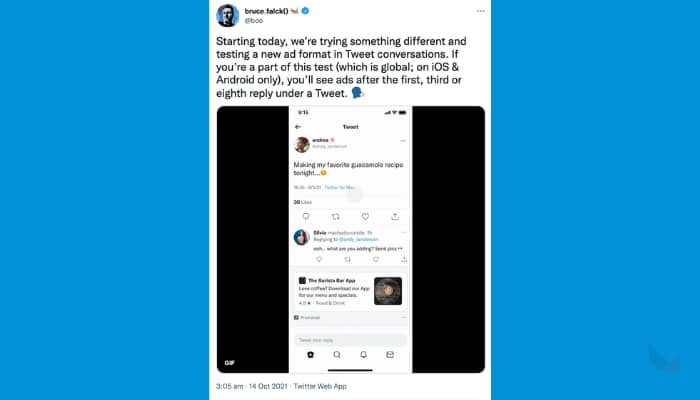Mumbai, India – Data insights Advertising Standards Council of India (ASCI) and consulting firm Kantar has released a new white paper explaining how mainstreaming positive gender portrayals has a positive impact on business.
In India, advertising is mainstream, all-pervasive, and plays a role in forming people’s collective psyche. With GenderNext, a study undertaken by the ASCI and Futurebrands it proves how progressive portrayals of gender in advertising benefit not only society but as well as on brands.
GenderNext, a study undertaken by the Advertising Standards Council of India (ASCI) and Futurebrands, looked at 600 ads across different categories and spoke to consumers across 10 cities. The study revealed that real women considered themselves more progressive than depictions in mainstream advertising.
Menawhile, Kantar found that progressive portrayals of women result in advertising that is more effective. Data by Kantar showed that Indian advertisements that depicted progressive gender roles had a positive impact of as much as 32% in short-term product sales and improved a brand’s equity by a whopping 51%. These results and insights prove that progressive depictions of women can drive engagement with brands in a major way.
Kantar’s study, conducted in collaboration with the Unstereotype Alliance and based on the Unstereotype Metric (UM), assesses how consumers react to gender portrayals in brand advertising. According to the research, using progressive depictions can help firms achieve higher marketing ROI. Furthermore, positive gender roles are found to have an even greater impact on India than they do in other rising markets.
Meanwhile, the GenderNext survey found that the bulk of mainstream advertising continues to portray women in negative and non-aspirational ways. For marketing and advertising professionals to comprehend the intricacies of gender portrayal, the study suggests the ‘SEA’ framework and the 3S screener, as well as an inventory checklist for the examination of screenplays or films. This not only aids in the identification of implicit and regressive stereotypes but also provides a model for helping brands create more compelling and powerful advertising. The adoption of such frameworks is intended to give advertisers with a technique to boost their marketing ROIs.
Preeti Reddy, chairwoman for South Asia Insights Division at Kantar, said that mainstreaming positive gender portrayals is an exciting opportunity for creating engaging and impactful advertising.
“While taking a firm stand against inequality is commendable, there is space to tell vibrant brand stories between the extreme ends of objectifying and deifying women. Without being preachy, subtle subversions on slice-of-life moments, gender roles and responses have the potential to make the viewing experience rewarding for consumers as well as to plant the seed of a fresh mental gender map,” Reddy said.
Reddy added, “Positive gender portrayal is not just about occasional tributes but also about a more conscious integration of progressive portrayal of genders in advertising. Such advertising holds the potential to deliver higher marketing RoI and to help create a more inclusive world.”
Manisha Kapoor, CEO & secretary general of ASCI, commented, “Advertisers can no longer afford to ignore the issue of progressive depictions of women. Women, particularly the younger generation, reject the implicit and explicit stereotyping that creeps into advertising. Women see progressive advertising as their ally in their journeys to more fulfilling lives. It is amply clear that it makes good business sense for brands to portray positive gender roles, adding real value to business and society.”















